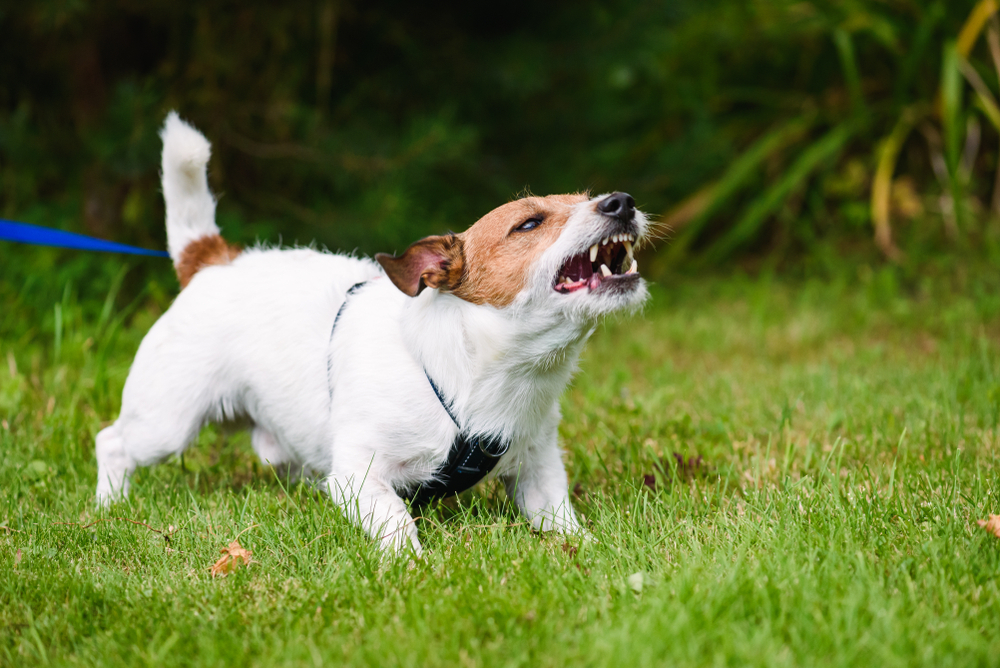The idea that dogs can sense “bad people” has fascinated and debated for centuries. While it may seem intuitive, backed by countless anecdotes and personal experiences, science didn’t firmly establish it until recently. However, the growing body of research is starting to shed light on the possibility that dogs can detect subtle cues indicating a person’s intentions or emotional state.

Science Confirms That Dogs Can Sense ‘Bad People’
One intriguing study published “d in the j “journal “Applied Animal Behaviour Science” examined how dogs reacted to individuals who were either exhibiting aggressive or non-aggressive behavior. Researchers haven’t that dogs were more likely to show signs of anxiety and avoidance when interacting with individuals who had previously displayed aggressive behavior, even when those individuals were not actively being aggressive at the time of the experiment.
Beyond Instinct: Deciphering the Cues
Dogs have “evolved to be highly sensitive t” social cues, relying on a combination of their keen sense of smell, body language, and facial expressions to interpret the behavior of others. They are believed to be able to detect subtle changes in human physiology, such as variations in heart rate, body temperature, and hormone levels, which may signal danger or a potential threat.
- Dogs are sensitive to subtle physiological changes, like our heart rate or breathing. When stressed, these changes are more pronounced, which dogs can pick up on.
- Dogs can also detect changes in our body chemistry, including releasing stress hormones like cortisol. These hormones create distinct scents that dogs can perceive.
- Dogs are experts in reading our body language and facial expressions. We often give off unconscious signals, like tense posture or furrowed brows, that indicate our emotional state.
In essence, dogs don’t necessarily sense “bad people” in the literal sense but instead pick up on a complex set of cues that may signal a potential threat or an individual experiencing heightened stress or anxiety.
Training and Intuition
While dogs may have an innate ability to detect these cues, their sensitivity, and interpretation can be honed through training and experience. A dog trained for security purposes or exposed to individuals with different personalities and behaviors will likely be more adept at recognizing subtle cues.
- Experience Matters Dogs with more exposure to various people and situations will likely better recognize subtle cues. They learn to distinguish between genuine friendliness and a more threatening demeanor.
- Training and Conditioning Dogs can be trained to respond to specific behaviors, like barking or growling, when they sense a potential threat. This training reinforces their instincts and helps them learn to communicate their concerns effectively.
- Building Trust A strong bond between a dog and its owner is crucial. When a dog trusts its owner, it’s more likely to alert them to potential dangers.
Ultimately, dogs are remarkable creatures with an exceptional ability to perceive the world around them. While the science behind their sensing “bad people” is still being unraveled, the evidence suggests that their keen senses and intuitive nature give them a unique perspective on human behavior.
The Future of Research
As scientific research continues to explore this fascinating area, we can expect a deeper understanding of the complex interplay between human behavior and canine perception. This knowledge could have practical implications, ranging from improved training techniques for service dogs to an “etter unde “standing of how dogs contribute to our safety and well-being.





